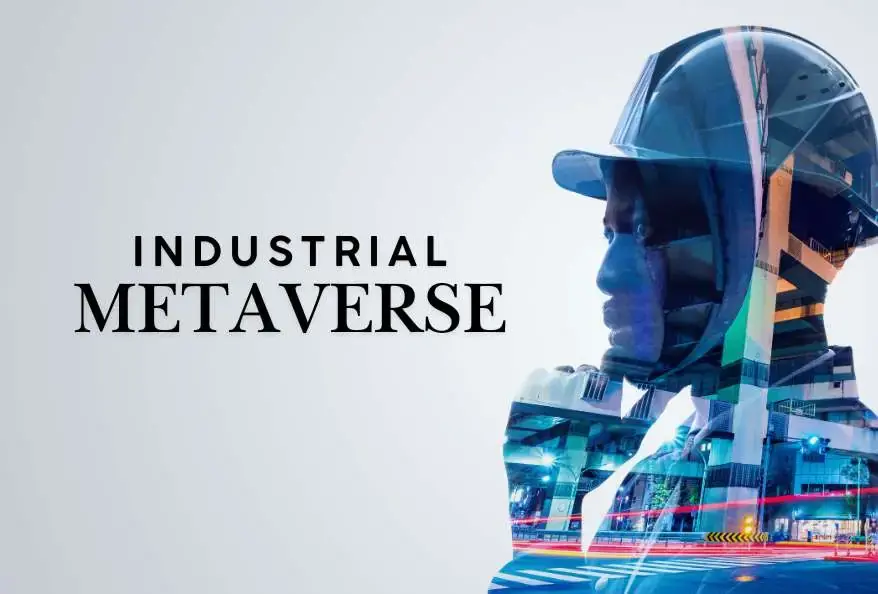The Industrial Metaverse: Transforming Factories into Smart Virtual Worlds
Estimated reading time: 7 minutes
Factories have always been the backbone of industrial growth. But today, the demand for sustainability, lower costs, faster innovation, and better training is driving technology to the next level. This is where the Industrial Metaverse comes into play, a digital space that creates virtual copies of factories to increase productivity, accuracy, and problem-solving.
The word Metaverse is mostly heard by people in the gaming sector. But the Industrial Metaverse is different, it uses technologies like IoT, AI, XR, and cloud/edge computing to improve how factories work in real time. It helps companies cut costs, reduce delays, and indeed make operations safer. Digital twins are virtual models of machines and processes. They are continuously updated with real-time data. This helps companies to predict performance, test products, and also train workers in a safe environment.
Core Technologies Powering the Industrial Metaverse
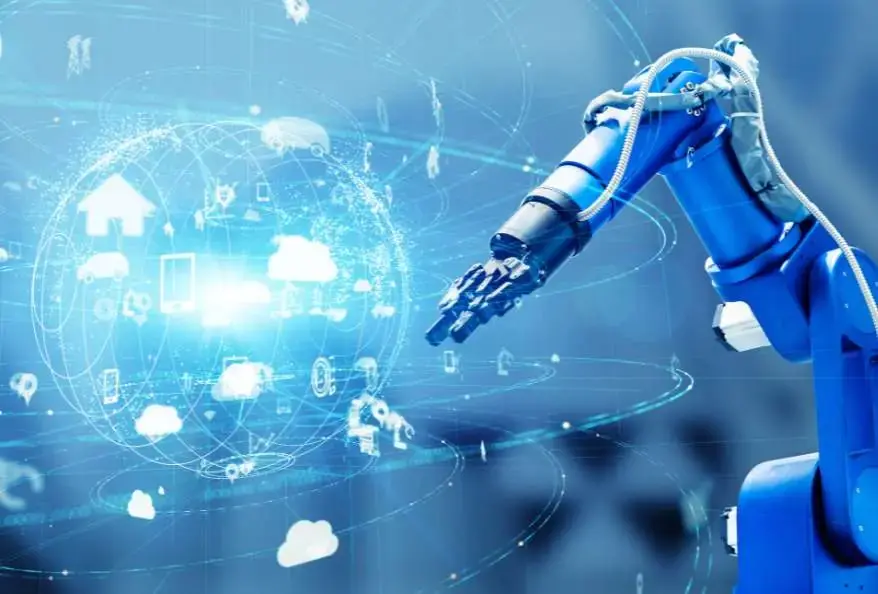
1. Digital Twins
Digital Twins create virtual versions of machines, products and processes by using data from sensors and cameras. When it is combined with AI and robotics, it builds a virtual world to meet various design needs. With Simulation, companies can test various scenarios, improve designs, and make smarter decisions.
2. AI
Integrating AI can enhance the accuracy of DT by quickly analyzing a large amount of data from the factories. It helps to find patterns, improve quality and make production smarter and automated.
3. XR
VR and AR make factory data easier to understand by showing visuals. For example, companies can use AR to train workers with virtual reality, which helps cut training time and improve efficiency on production lines.
4. 5G/6G
5G/6G networks are used by the Metaverse companies to send and receive large amounts of data quickly. This lets the operators remotely control robots in real time.
5. Blockchain (BC)
Blockchain is a secure, shared system that lets multiple companies, like manufacturers, suppliers, and logistics, share data safely without a single party controlling it. It helps verify identities and permissions and is often essential for Industrial Metaverse applications.
6. PPC:
PPC lets companies safely share and analyze data while keeping it private.
Together, these technologies form the backbone of the Industrial Metaverse, making it smarter, faster, and more reliable.
Also Read: Metaverse Architect: Coolest Tech Job You Haven’t Heard of!
Key Benefits for Manufacturing in Industrial Metaverse
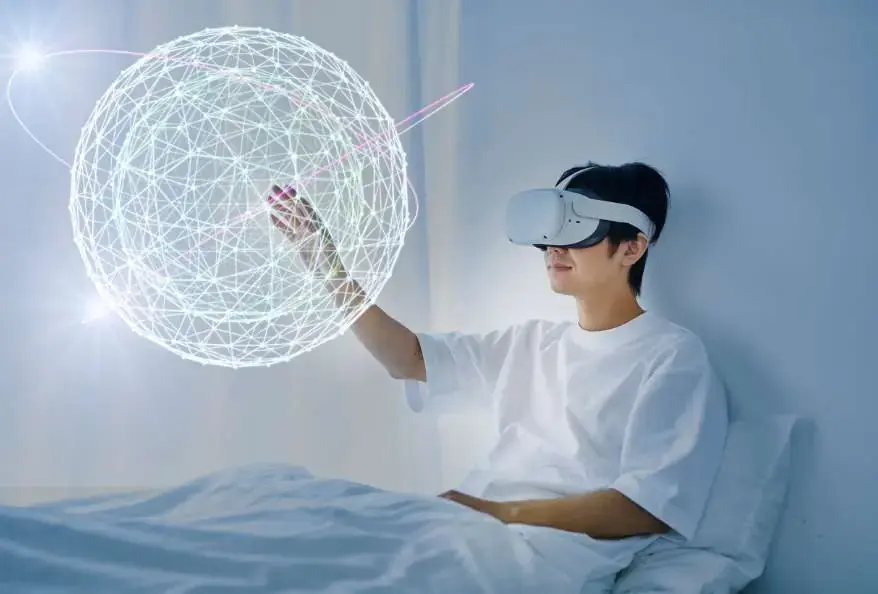
1. Low Cost:
It is very cost-effective for companies to test and optimize production processes virtually, which saves their time and money.
2. Remote Collaboration:
People can access the virtual world from any location and work together.
3. Real-time Participation:
Workers are represented by a virtual avatar that allows them to monitor and improve processes in real time.
4. Secure interaction:
The digital ownership of the Metaverse is protected with the help of technologies like NFTs. NFTs are unique digital assets that are stored in a blockchain.
5. Faster Product Development:
The Metaverse helps to create virtual prototypes that can be tested and improved, reducing the time and expense of traditional prototyping.
6. Predictive Maintenance:
AI-powered digital twins can predict failures before they occur, which would eventually reduce unplanned shutdowns and repair costs.
Also Read: Understanding Industry 4.0.
Industrial Metaverse: Real-World Applications and Case Studies
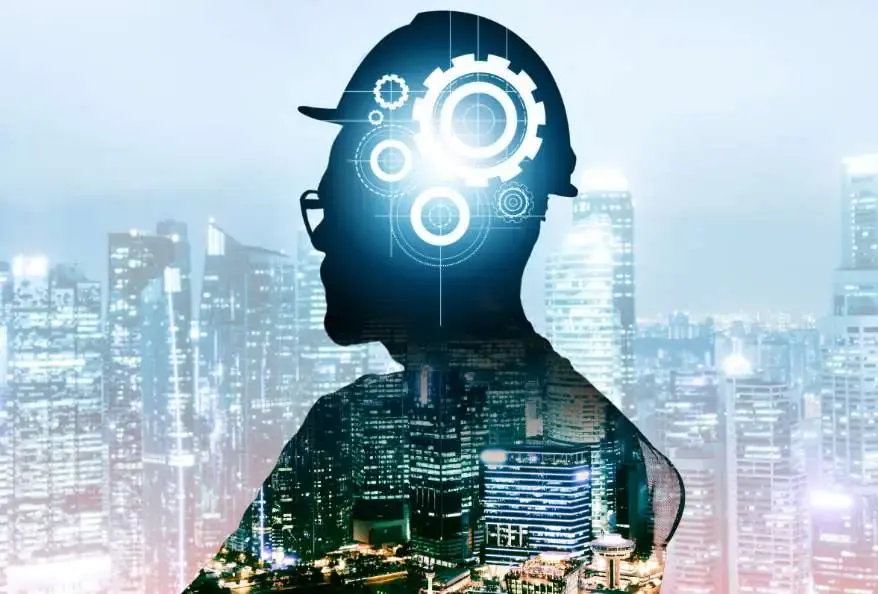
1. Manufacturing and Automotive Industry
Think of digital twins as virtual clones of real-world machines or processes. In manufacturing, they let companies test and monitor operations in a digital space, which helps spot problems early and figure out solutions before anything goes wrong on the factory floor. Automotive industries create digital twins of their vehicles to demonstrate how actual vehicles work. They can surely investigate new features using digital twins to improve the model performance of the actual vehicle.
2. Logistics and supply chain
With the help of digital twin, companies can virtually see packages, which can reduce packaging errors, hence allowing more accurate material feasibility, workable logistics networks and dependable warehouse layouts. The end-to-end supply chain network is mapped with the aid of the Metaverse, which would improve visibility of all supply chain stages. This can provide more precise current information on logistic costs, delays and deliveries, etc.
3. Urban planning
Experts can use the Metaverse and the DTs model data to consequently plan smart cities. A digital replica of a developed project can further improve the digitization of related tasks such as urban project operation, maintenance and construction which leads to optimal performance.
4. Healthcare
Using digital twins of patients or organs to practice crucial procedures (instead of actual patients) allows health professionals to create personalized models that will improve patient care. The development, prototyping, evaluation, regulation, translation and improvement of AI-based medical practice, particularly medical imaging can be facilitated by a Metaverse of “medical technology and AI (METAI)”.
Challenges and Barriers to Adoption of Industrial Metaverse
1. Security, Safety and Privacy (SSP):
As the connectivity and data increase, there is a concern for privacy and also safety.
2. Finance in Metaverse:
Use of Cryptocurrency is challenging and basically making payments in the Metaverse is unreliable.
3. Laws and Protection:
Users and their intellectual property indeed need protection. We will integrate NFTs into the Metaverse ecosystem for the same purpose.
4. Mental impact:
Continuous use of social media and gaming causes mental problems. This would also create a serious problem of being unable to distinguish yourself between the real world and the virtual world.
Industrial Metaverse: The Future
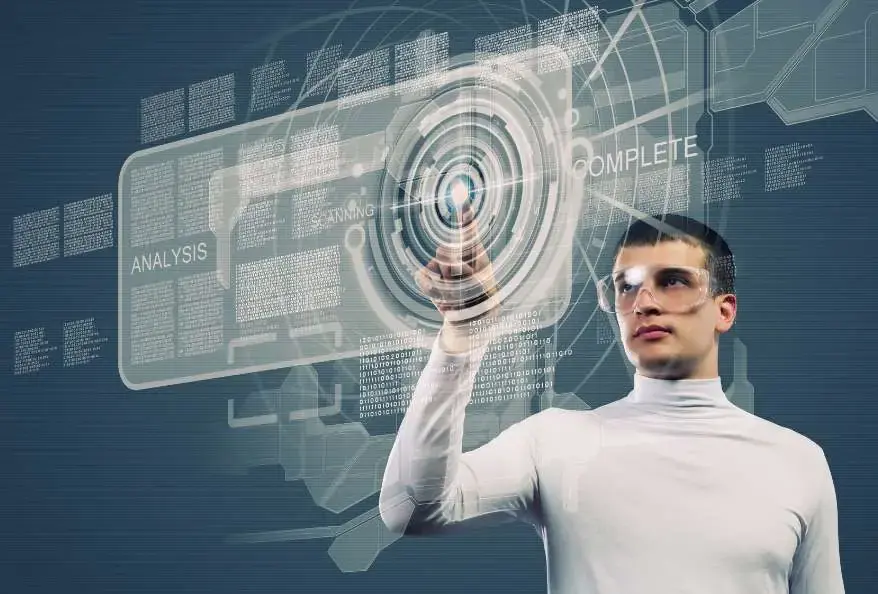
All in all, the Industrial Metaverse is transforming industrial operations into an immersive, interconnected ecosystem. Advanced digital twins simulate production lines in real-time. As a matter of fact, BMW uses this to test assembly lines virtually. Immersive remote collaboration allows engineers worldwide to particularly interact in shared virtual spaces. It also enables innovative business models, including subscription-based training and prototyping.
By 2035, industries will certainly feel almost alive. With AI that predicts problems and optimizes every procedure, entire factories will significantly operate virtually. While robots, drones, and self-driving cars perform tasks in the real world, humans will carry out operations from virtual reality hubs. Before anything is physically manufactured, engineers will teleport between virtual plants and design, test, and refine products. An intelligent, responsive, and nearly living industrial ecosystem will result from the blurring of the boundaries between the virtual and the real.
Conclusion: Industrial Metaverse
The Industrial Metaverse is not just about smarter factories; rather it’s about reimagining the future of work itself. It is where humans and technology collaborate in ways we once thought impossible. By combining Digital Twins, AI, XR, and various other advanced technologies, companies can visualize, test, and optimize processes in ways that seemed impossible a decade ago. Industrial Metaverse enables the companies to not only work efficiently, save costs, but also ensure safer training, faster innovation. Although this may be true, with any transformative technology, challenges like cybersecurity, privacy, and workforce adaptation must be addressed. The Industrial Metaverse promises a future where physical and virtual worlds work together, creating industrial ecosystems that are smarter, more responsive, and almost alive, bringing human creativity and technology closer than ever before.
Additionally, to stay updated with the latest developments in STEM research, visit ENTECH Online. Basically, this is our digital magazine for science, technology, engineering, and mathematics. Further, at ENTECH Online, you’ll find a wealth of information.
Reference:
- Zhang, S., Li, J., Shi, L., Ding, M., Nguyen, D. C., Chen, W., & Han, Z. (2024). Industrial Metaverse: Enabling technologies, open problems, and future trends. arXiv. https://arxiv.org/abs/2405.08542
